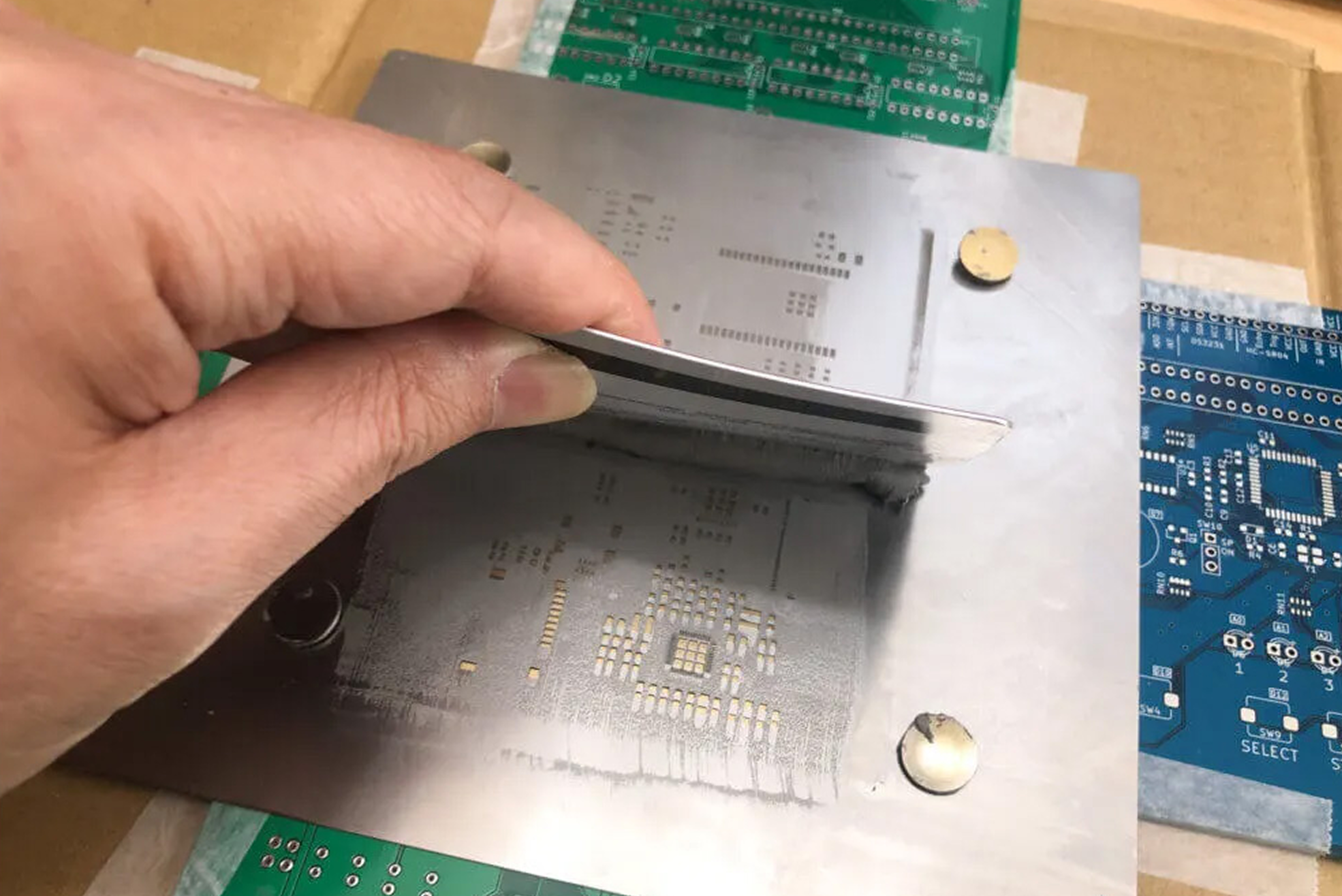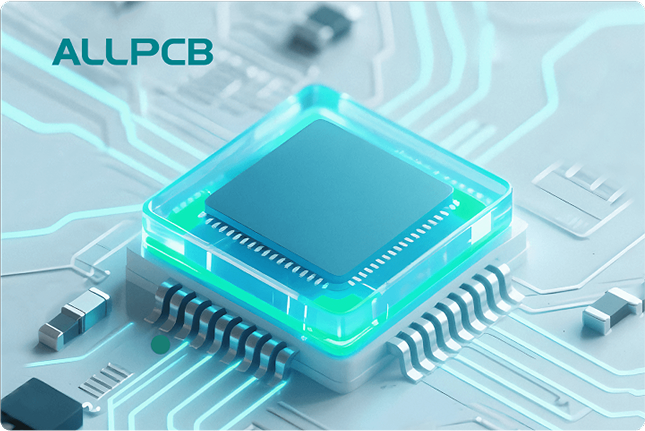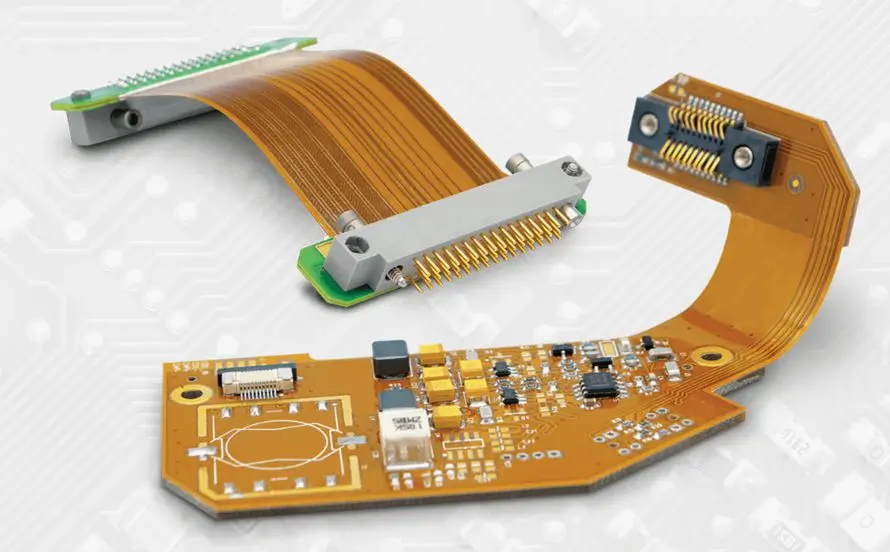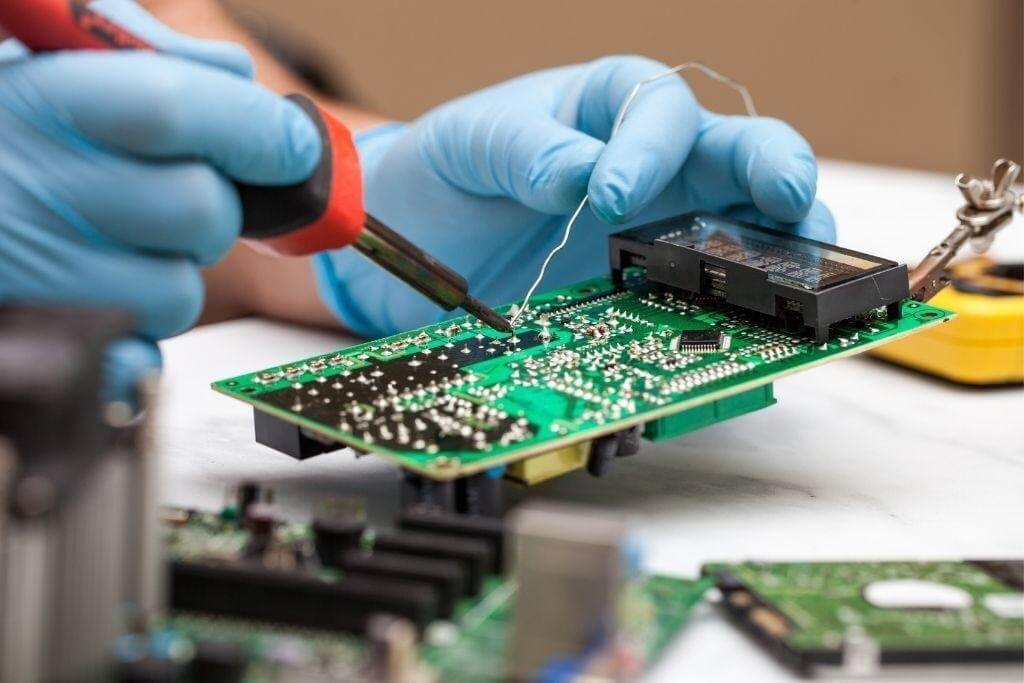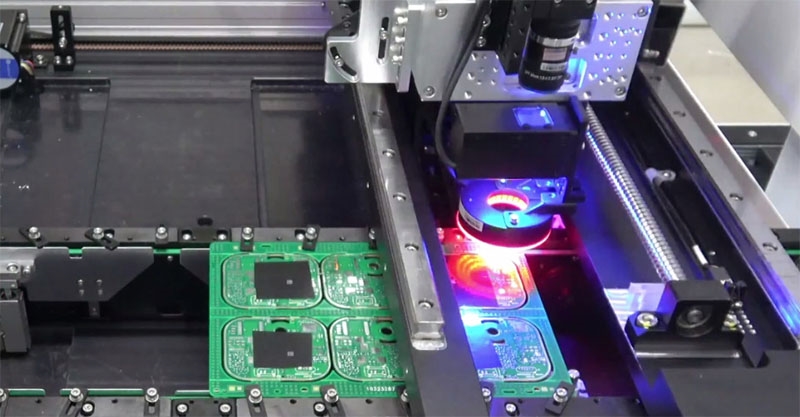In the fast-evolving world of electronics, integrating sensors into high-density PCBs (Printed Circuit Boards) is a critical task for achieving reliable performance in compact designs. Whether you're working on IoT devices, automotive systems, or industrial equipment, the challenge lies in maintaining signal integrity for sensors while ensuring sensor accuracy on PCBs. This blog post dives deep into the best practices for PCB sensor placement, effective noise reduction in PCBs, and proven strategies for high-density PCB design. We'll explore actionable techniques to minimize interference and boost precision, helping you create robust and efficient electronic systems.
Why Sensor Integration Matters in High-Density PCBs
Sensors are the backbone of modern electronics, enabling devices to monitor temperature, pressure, motion, and more. However, as PCBs become denser with tighter component spacing and higher signal speeds, integrating sensors without compromising performance becomes increasingly complex. Issues like electromagnetic interference (EMI), crosstalk, and signal distortion can degrade sensor accuracy on PCBs and disrupt overall system functionality. By focusing on strategic PCB sensor placement and noise reduction in PCBs, designers can overcome these hurdles and ensure reliable operation even in the most compact layouts.
Key Challenges in Sensor Integration on High-Density PCBs
Before diving into solutions, it's important to understand the main obstacles in integrating sensors into high-density boards:
- Noise Interference: High-density designs often have closely packed traces and components, increasing the risk of EMI and crosstalk, which can distort sensor readings.
- Signal Integrity Issues: Fast signal speeds and long trace lengths can lead to signal degradation, impacting signal integrity for sensors.
- Thermal Effects: Dense layouts generate more heat, which can affect sensor performance and accuracy if not managed properly.
- Space Constraints: Limited board space makes optimal PCB sensor placement challenging, often forcing compromises in routing and grounding.
Addressing these challenges requires a combination of careful design practices and advanced techniques tailored for high-density PCB design.
Best Practices for PCB Sensor Placement
Proper placement of sensors on a PCB is the foundation for minimizing noise and maximizing accuracy. Here are some key strategies to follow:
1. Isolate Sensors from Noise Sources
Place sensors away from high-frequency components like switching regulators, oscillators, and power lines. For example, if you're integrating a temperature sensor, position it far from heat-generating components to avoid false readings. A common guideline is to maintain a clearance of at least 5-10 mm from noisy elements, depending on the board's layout and sensor sensitivity.
2. Optimize Grounding for Sensors
A solid ground plane is essential for noise reduction in PCBs. Ensure that sensors have a direct, low-impedance path to ground to minimize ground loops. Split ground planes can be useful in some cases—dedicate one section to analog sensors and another to digital components to prevent interference. For instance, in a mixed-signal design, a typical split might allocate 60% of the ground plane to analog and 40% to digital, connected at a single point to avoid loops.
3. Minimize Trace Lengths
Keep sensor signal traces as short as possible to reduce the risk of picking up noise. Long traces act as antennas for EMI, especially in high-density layouts. For a sensor operating at 1 MHz, aim to keep trace lengths under 10-15 mm to maintain signal integrity for sensors.
Strategies for Noise Reduction in PCBs
Noise is one of the biggest enemies of sensor accuracy. Implementing effective noise reduction in PCBs can significantly improve performance. Here are proven methods to consider:
1. Use Decoupling Capacitors
Place decoupling capacitors close to the power pins of sensors to filter out high-frequency noise. A typical value for these capacitors is 0.1 μF, paired with a larger 1-10 μF capacitor for lower-frequency noise. Position them within 2-3 mm of the sensor pins for maximum effectiveness, ensuring a clean power supply for accurate readings.
2. Implement Shielding Techniques
For sensitive sensors, consider using shielding to block external EMI. This can be achieved by adding a grounded metal enclosure around the sensor or using guard traces—conductive lines surrounding the sensor signal traces connected to ground. Guard traces can reduce crosstalk by up to 30% in high-density designs, based on typical EMI studies.
3. Route Signals Carefully
Avoid running sensor signal traces parallel to high-speed digital lines, as this can induce crosstalk. Instead, route them perpendicularly or on separate layers. Maintain a trace spacing of at least 3 times the trace width (e.g., 0.3 mm spacing for a 0.1 mm trace) to minimize interference in high-density PCB design.
Ensuring Signal Integrity for Sensors
Maintaining signal integrity for sensors is crucial for accurate data transmission and processing. Here’s how to achieve it:
1. Control Impedance
Match the impedance of sensor traces to the source and load to prevent signal reflections. For example, a common impedance value for high-speed signals is 50 ohms. Use PCB design software to calculate trace width and spacing based on the dielectric constant of your board material (often around 4.5 for FR-4). Impedance mismatches can cause signal loss of up to 20% or more, directly impacting sensor accuracy on PCBs.
2. Use Differential Signaling
For sensors transmitting critical data over longer distances, differential signaling can enhance noise immunity. This technique uses two complementary traces to carry the signal, canceling out common-mode noise. It’s particularly effective for sensors like accelerometers in noisy environments, improving signal-to-noise ratio by up to 40% in some applications.
3. Layer Stack-Up Planning
In multi-layer PCBs, dedicate specific layers to power and ground to create a stable reference plane. A typical 6-layer stack-up might include signal, ground, power, signal, ground, and signal layers. This configuration reduces EMI and supports signal integrity for sensors by providing a low-inductance path for return currents.
Maximizing Sensor Accuracy on PCBs
Achieving high sensor accuracy on PCBs goes beyond placement and noise control—it requires attention to environmental and design factors as well:
1. Manage Thermal Effects
Heat can skew sensor readings, especially for temperature or pressure sensors. Use thermal vias to dissipate heat away from sensitive areas, and consider placing sensors in regions with better airflow. For instance, a thermal via array with a density of 10 vias per square centimeter can reduce local temperature by 5-10°C in dense designs.
2. Calibrate for Environmental Noise
Sensors often need calibration to account for external noise or manufacturing tolerances. Incorporate test points on the PCB for easy access during calibration. This ensures that the sensor's output remains within acceptable accuracy ranges, such as ±0.5% for industrial humidity sensors.
3. Choose the Right Materials
The choice of PCB material impacts both noise and accuracy. Materials with a low dielectric constant (Dk), such as Rogers 4350B with a Dk of 3.48, can reduce signal delay and improve performance compared to standard FR-4 (Dk around 4.5). This is especially important for high-frequency sensors in high-density PCB design.
Advanced Techniques for High-Density PCB Design
For cutting-edge applications, consider these advanced approaches to elevate your sensor integration:
1. Blind and Buried Vias
In extremely dense layouts, blind and buried vias allow for more routing space without sacrificing board real estate. Blind vias connect outer layers to inner layers, while buried vias connect only inner layers. These can increase routing density by up to 50%, making room for optimal PCB sensor placement.
2. Microvia Technology
Microvias, with diameters as small as 0.1 mm, enable finer connections in high-density designs. They reduce parasitic inductance and capacitance, supporting signal integrity for sensors at high frequencies (above 1 GHz in some cases).
3. Simulation and Testing
Before fabrication, use simulation tools to model EMI, signal integrity, and thermal performance. Tools can predict signal delays within 5% accuracy and identify potential noise sources, allowing for design adjustments early in the process. Post-fabrication testing with oscilloscopes can further validate sensor accuracy on PCBs.
Conclusion: Building Reliable Sensor-Integrated PCBs
Integrating sensors into high-density PCBs is a balancing act of managing space, noise, and accuracy. By prioritizing strategic PCB sensor placement, implementing robust noise reduction in PCBs, and focusing on signal integrity for sensors, you can create designs that perform reliably even in challenging environments. Techniques like impedance control, proper grounding, and thermal management are essential for maximizing sensor accuracy on PCBs, while advanced methods like microvias and simulations push the boundaries of high-density PCB design.
At ALLPCB, we understand the intricacies of crafting high-performance boards for sensor-heavy applications. Our expertise and resources are here to support you in achieving precision and efficiency in every project. With these strategies in hand, you're well-equipped to tackle the complexities of sensor integration and build electronics that stand out for their reliability and accuracy.
 ALLPCB
ALLPCB


